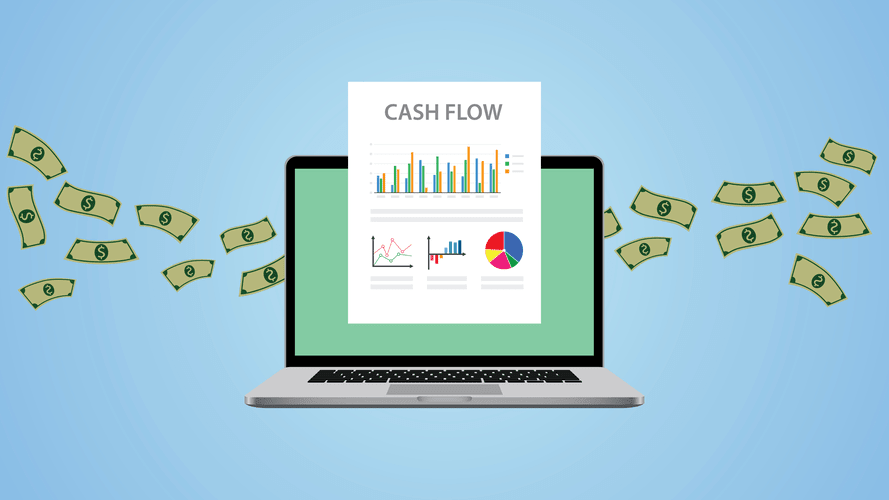
Conversely, high leverage https://www.bookstime.com/articles/post-closing-trial-balance can be part of an effective growth strategy, especially if the company can borrow more cheaply than its cost of equity. The equity multiplier shows how much of a company’s total assets is provided by equity and how much comes from debt. Basically, this ratio is a risk indicator since it speaks of a company’s leverage as far as investors and creditors are concerned.
What Debt-To-Equity Ratio Is Common for a Bank?
CFI is on a mission to enable anyone to be a great financial analyst and have a great career path. In order to help you advance your career, CFI has compiled many resources to assist you along the path. ABC Company is an internet solutions company that supplies and installs internet cables in homes and business premises. The owner, Jake Caufield, wants the company to go public in the next year so that they can sell shares of the company to the public.

A Real-World Example
The profit margin could be improved if costs for the owner were reduced or if prices on the product were raised, which could have a large impact on ROE. This is one of the reasons that a company’s stock will experience high levels of volatility when management makes a change to its guidance for future margins, costs, and prices. The net profit margin is the ratio of bottom line profits compared to total revenue or total sales. the equity multiplier is equal to A company’s ROE is calculated by dividing its net income by shareholders’ equity.
What is it, how to calculate it, formula, why it’s important
- The equity multiplier is a useful tool for investors to monitor risk and understand how a company generates returns for investors.
- By providing a clear picture of the balance between debt and equity in a company’s capital structure, the equity multiplier assists in evaluating the risk and potential return on investment.
- But still, in order to evaluate the financial health of the business, it is always a good idea to use them in conjunction r combination with other ratios and measures.
- The equity multiplier is a commonly used financial ratio calculated by dividing a company’s total asset value by total net equity.
- Common Shareholder’s Equity covers no more than the common shareholder’s funds (preference shares should not be included as it comes with a fixed obligation).
- The company’s equity multiplier was therefore 2.8x, which can be compared with its equity multiplier for the year 2016, which was 2.34x.
Providing the return the business makes is greater than the cost of the debt (interest), high leverage can lead to greater returns for the owners of the business. Seasonal factors, depending on the industry, can also be an important consideration since these factors can distort ratios. For instance, some companies always carry a higher level of inventory at certain times of the year. Different accounting practices between companies can also make accurate comparisons difficult. The biggest drawback of the DuPont analysis is that it still relies on accounting equations and data that can be manipulated. Plus, even with its comprehensiveness, the DuPont analysis lacks context as to why the individual ratios are high or low, or even whether they should be considered high or low at all.
- For example, a high equity multiplier paired with strong interest coverage and steady cash flows may indicate effective debt management.
- The equity multiplier represents the financial leverage component, helping analysts identify how leverage affects shareholder returns.
- While the equity multiplier can be a valuable tool, it’s just one piece of the puzzle.
- This connection underlines the importance of analyzing financial statements holistically.
- If assets increase while liabilities decrease, the equity multiplier becomes smaller.
- The equity multiplier helps us understand how much of the company’s assets are financed by the shareholders’ equity and is a simple ratio of total assets to total equity.

The ratio can be helpful when comparing two companies that operate in the same industry. Because average assets include components like inventory, changes in this ratio can signal that sales are slowing down or speeding up earlier than they would show up in other financial measures. The DuPont analysis is an expanded return on equity formula, calculated by multiplying the net profit margin by the asset turnover by the equity multiplier.
- For example, a company that relies too heavily on debt financing will incur high debt service charges and will be forced to raise additional cash flows to meet its obligations or maintain its operations.
- In that case, it’s possible ROE could have increased because the company was taking on debt.
- This strategy reduces risk, which may appeal to cautious investors, but it may also limit growth potential, especially in industries where leveraging debt could drive expansion.
- The investor can deduce that SuperCo also reduced some of its debt since average equity remained the same.
- It can be used to compare a company against its competition or against itself.
- But as is the case for practically all financial metrics, the determination of whether a company’s equity multiplier is high (or low) is dependent on the industry average and that of comparable peers.
Equity Multiplier Ratio
A DuPont analysis goes a step further and allows an investor to determine which financial activities contribute the most to the changes in ROE. An investor can also use the DuPont analysis to compare the operational efficiency of two similar companies, while company managers can use it to identify strengths or weaknesses that should be addressed. A high Equity Multiplier entails that the firm isn’t highly leveraged and the ownership is highly diluted. If an equity multiplier is low, it implies that the company is highly leveraged, increasing the investment risk. The equity multiplier is calculated by dividing the value of assets a company owns to its stockholder’s equity.

This simple ratio reveals the relationship between a company’s total assets and its equity. For example, if a company has total assets of $500,000 and total equity of $200,000, the equity multiplier would be 2.5. This means that for every dollar of equity, the company has $2.50 in assets, implying that $1.50 is financed by debt. The equity multiplier is a crucial financial ratio that offers insight into a company’s financial leverage.


